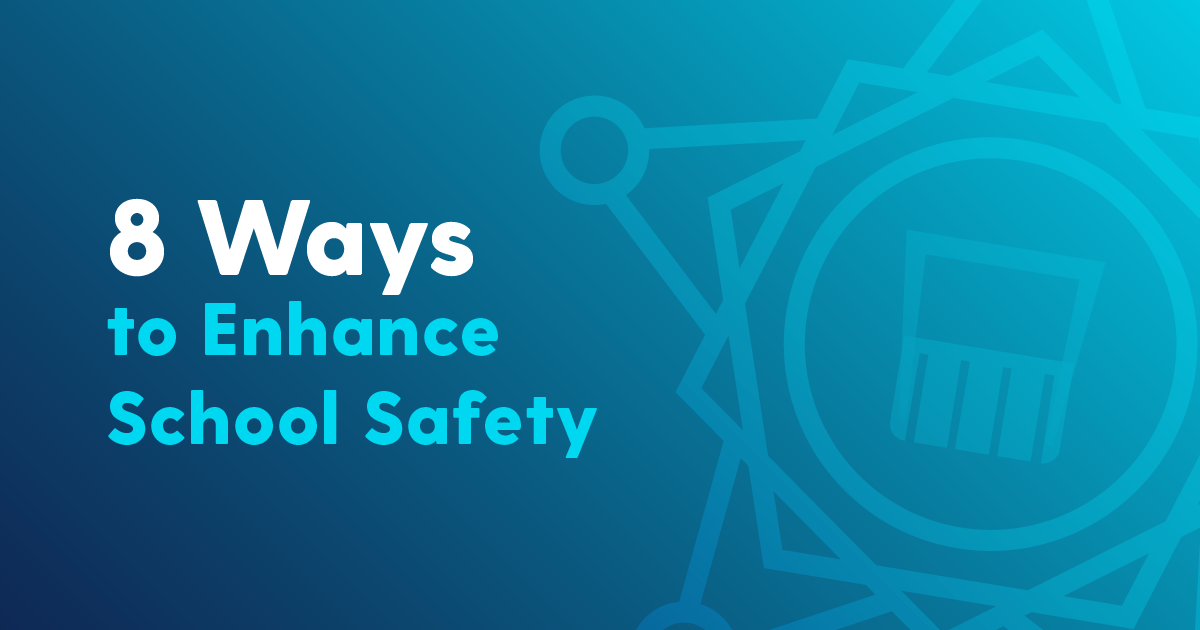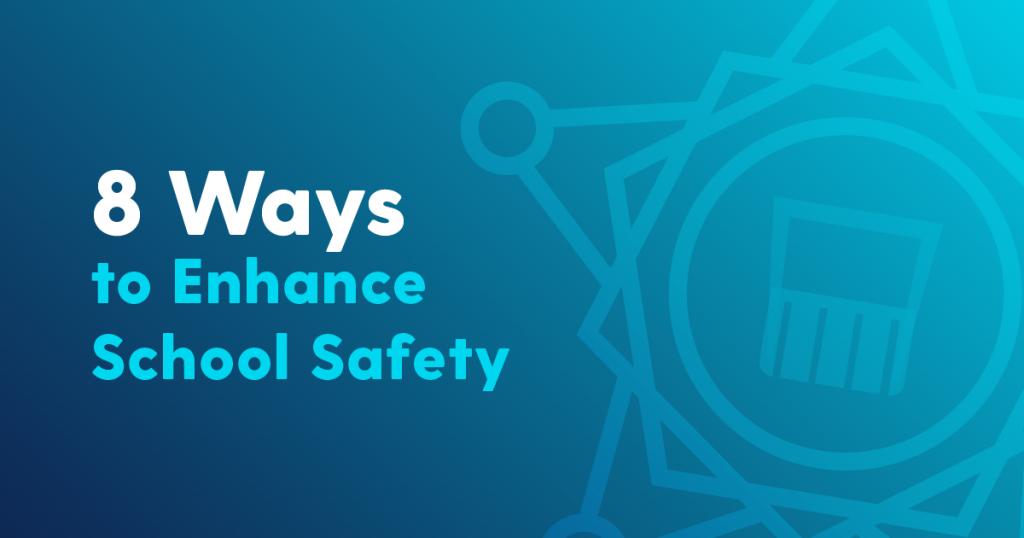
The U.S. Secret Service has released its latest recommendations to prevent targeted school violence. Created in the wake of the tragic shootings in Parkland and Santa Fe, the operational guide lays out the best ways to improve your school safety plan using a threat assessment model.
Here’s a breakdown of its key takeaways.
1. School safety plan: Establish a multidisciplinary threat assessment team
The first step is to build a threat assessment team. This team will develop the school or district’s response to a potential threat of violence on campus. It should consist of all kinds of faculty and staff to ensure that multiple perspectives are shared, and to allow for access to the greatest amount of resources.
There should also be a designated leader among them so that everyone knows who to turn to in an emergency. Then everyone can work together to delegate specific responsibilities — who interviews a student of concern, who talks to classmates and parents, and who documents issues. The team should meet on a regular basis, as well as whenever a threat to school safety arises.
2. Define prohibited and concerning behaviors
Assessment teams should work to define what behaviors are unacceptable, what merits intervention, and when to bring in law enforcement. These may include threats or acts of violence, bullying or harassment, or other criminal activity.
It’s important to note that concerning behaviors exist along a continuum, and not all behaviors are necessarily indicative of violence. In any case, the threshold for intervention should be relatively low. It’s always best to intervene before a situation escalates.
3. Create a central reporting mechanism
Whether concerning behaviors appear online or through direct observation, students and staff need a way to report what they see. It’s important that the school has a known and easily accessible portal for recording such incidents so that the team can act in time to prevent a tragedy.
The team must also monitor reports diligently, allowing nothing to slip through the cracks. With the bulk of activities shifting online, however, this can be an overwhelming amount of content to review manually. Bark for Schools offers free monitoring of school-issued student accounts and can serve as an invaluable partner to a threat assessment team.
4. Determine the threshold for law enforcement intervention
Although the vast majority of incidents can be handled with school personnel and resources, some situations are so severe that they should be handled by law enforcement. Having a school resource officer on the team is beneficial for this precise reason.
Teams should draw a clear line in the sand that determines what behaviors require this level of intervention, and in the event of a threat of violence or planned attack, a school should not hesitate to turn to the police for help.
5. Establish assessment procedures and investigative themes
It is essential that schools have established procedures for handling a crisis. Teams should maintain thorough documentation of any issues they uncover, whether through anonymous tips, social media activity, or formal school records. Building rapport with campus and community members close to the student of concern is a great way to facilitate information gathering.
With that step taken, teams can evaluate the students’ behaviors in the context of their ages and levels of social development. They should organize their investigation around the following themes:
- Motives and goals
- Concerning communications or inappropriate interests
- Access to weapons, the capacity to carry out an attack, or planning
- Stressors, desperation, or despair
- Whether the student views violence as a solution or consistency between statements and actions
- Protective influences or concerned others
6. Develop risk management options
Teams should use the information from their assessments to develop risk management strategies. Each should be tailored to suit the needs of the student in question. A student usually only needs support or counseling, but it is sometimes necessary to suspend or expel the student. It’s important to remember, though, that removing a student does not necessarily remove the threat — it may even require extra outreach.
The ultimate goal is to ensure that the student is not a threat to themselves or anyone else. A thoughtfully crafted plan can reduce stressors, redirect motives, and diminish the potential for violence.
7. Create and promote safe school climates
A culture of trust, respect, and social support on campus is among the most powerful ways to prevent violence at school. School leaders should foster a welcoming atmosphere so that students will feel comfortable coming to them — or their peers — if they need to.
“Codes of silence” are difficult to break, but connecting students of concern with opportunities to participate in the campus community can make them feel more connected. Teams, clubs, and school initiatives promoting school safety can be very effective.
8. Conduct training for all stakeholders
The last critical component of a school’s threat assessment plan is to develop a training program for all stakeholders. Coaches, administrators, service staff, students, parents — everyone has a role to play, and each group should be informed of how their specific group should handle a potentially violent situation.
The adage, “it takes a village,” couldn’t be more true — school safety is everyone’s responsibility. That’s why it’s important to make sure everyone knows what they’re looking for and what to do when they see something that’s cause for concern.
In addition to a school safety plan, Bark’s award-winning monitoring services can provide invaluable support to schools and their surrounding communities. Parents can sign up for helps schools keep their students safer online!
Read more
Bark helps families manage and protect their children’s digital lives.





